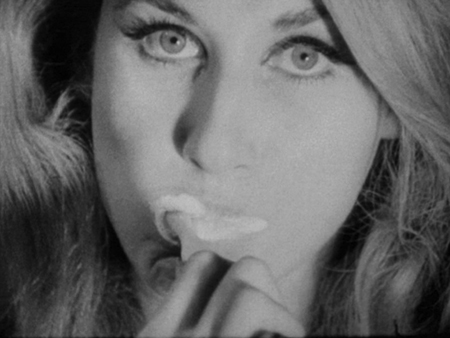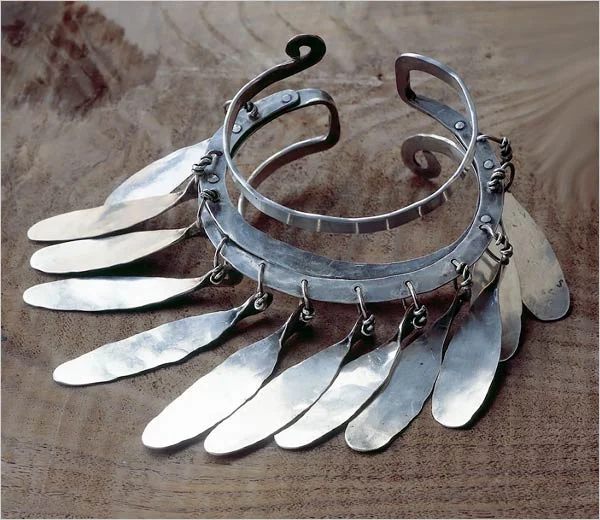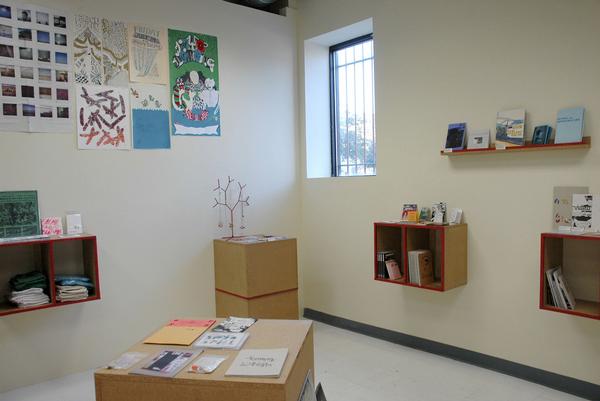Andy Warhol Screen Tests
/Jane Holzer Screen Test courtesy of the Andy Warhol Museum
This past Saturday, Dean Wareham and Britta Phillips, previously of Luna, performed 13 Most Beautiful…Songs for Andy Warhol’s Screen Tests at the Allen Room as part of Lincoln Center’s American Songbook series. Dean and Britta, backed by a drummer and guitarist, performed to Warhol's Screen Tests of Factory regulars from the mid-60s.
Here is what (our seldom contributor) Jay Ruttenberg had to say about the evening for Time Out New York:
"At the Allen Room, Dean & Britta performed 13 songs, one for each screen test, both covers and originals. Some songs were vague, while others explicitly matched their subjects—say, a handsome rendition of “I’ll Keep It with Mine,” which Bob Dylan wrote for Nico and which the band played to accompany Nico’s screen test. The films themselves remain fascinating, whether portraying Warhol sycophants (Edie Sedgwick, whose brief performance displayed more range than Sienna Miller did in Factory Girl) or future Entourage cameos (Dennis Hopper).
As Dean & Britta played, the ’60s most fabulous Manhattanites gazed at the audience, raising the notion of aloof cool to new and never-again-seen heights. This notion culminated in the filmed portrait of a young and potentially evil Warhol favorite, his eyes shielded in dark sunglasses, staring down the camera as he sipped from a glass-bottled Coca Cola. The sitter was, of course, Lou Reed, and for his screen test Dean & Britta played the Velvet Underground obscurity “Not a Young Man Anymore.” The song could not have been more appropriate. From the middle of the audience, his sunglasses replaced with spectacles, sat New York City’s top concert-goer, Lou Reed himself, staring into his screen test with the rest of the crowd, a young man no longer."
For a full account of the performance, please visit Jay's blog at Time Out New York













